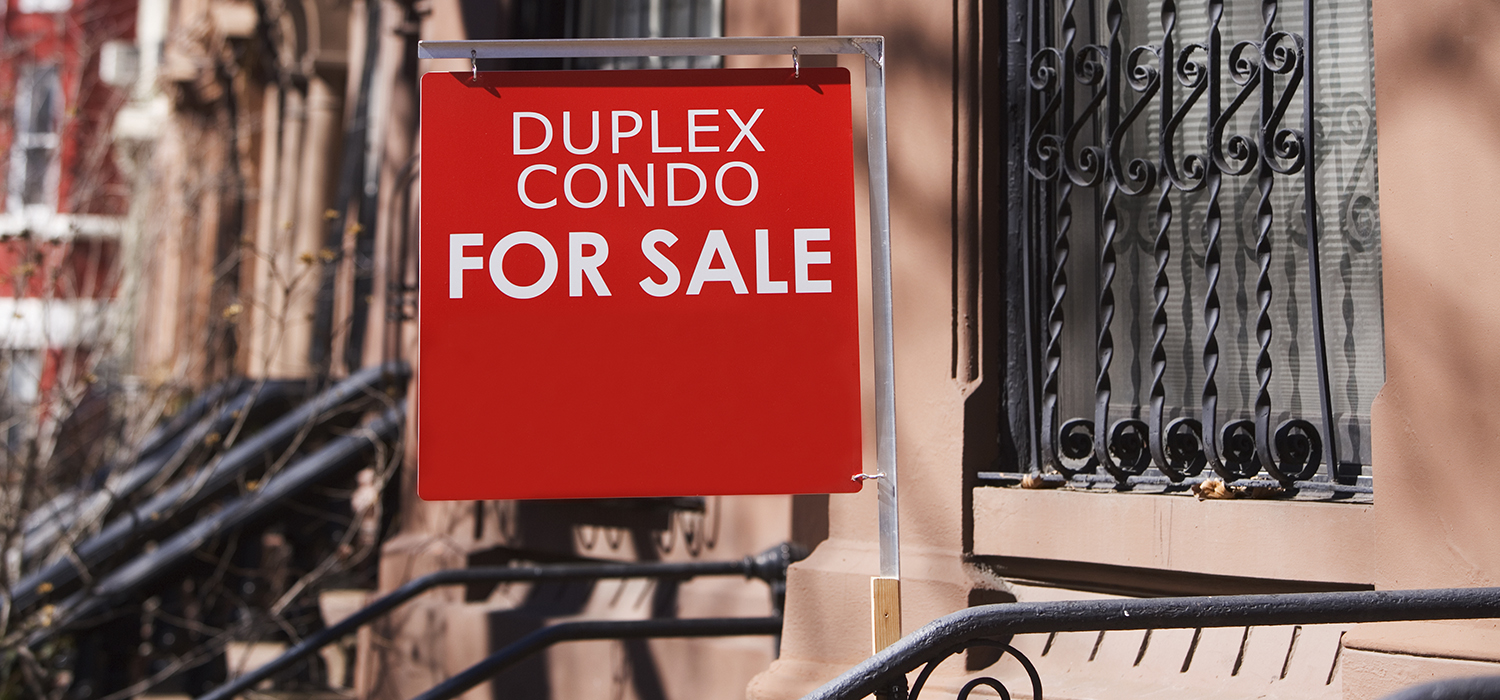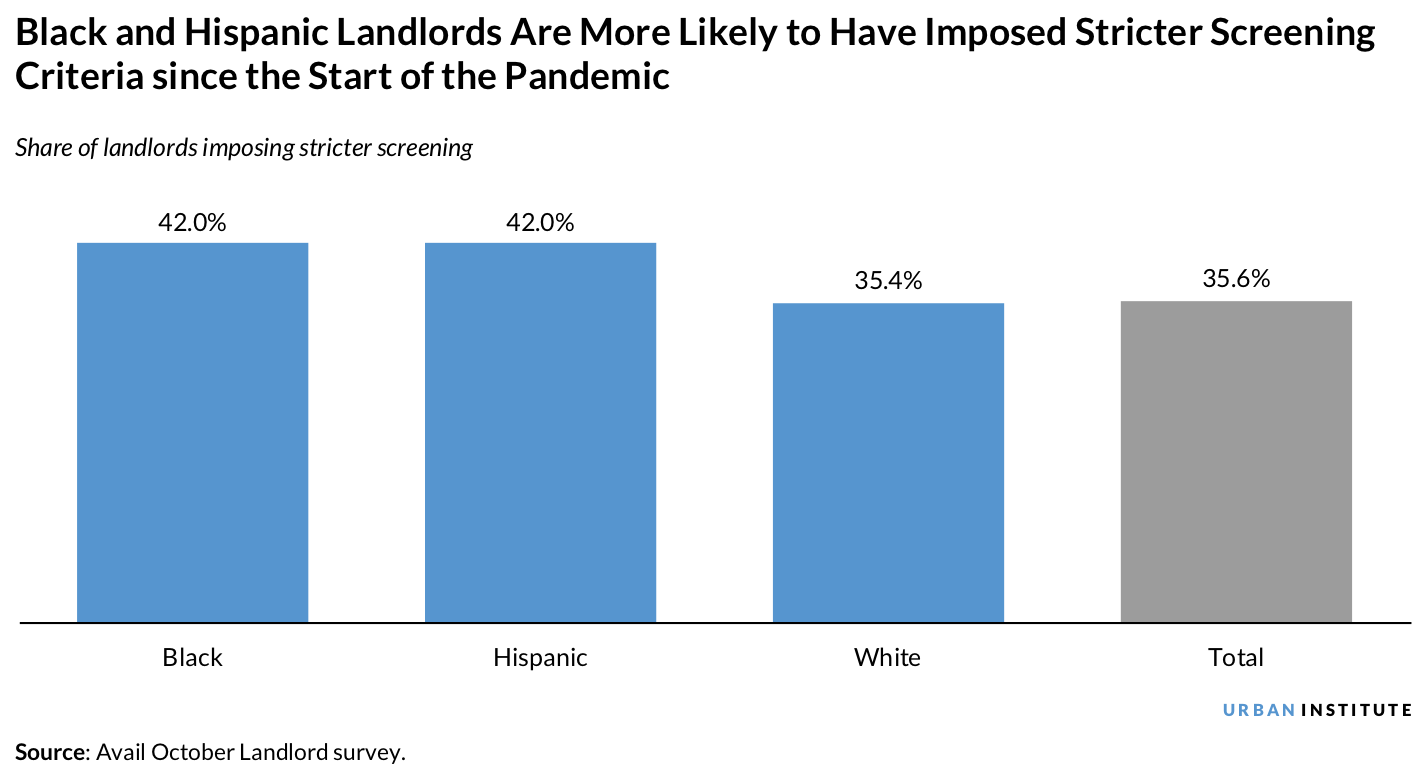
<p>fotog/Getty Images</p>
Landlords, especially individual landlords who own fewer than 10 properties, are bracing for tough times ahead: the COVID-19 pandemic is dragging on, the $600 a week in extra unemployment benefits expired at the end of July, the subsequent $300 a week in supplemental benefits has also ended, and many workers could soon reach the end of their state’s base unemployment benefits period—leaving even more households unable to pay rent.
Avail, a platform that helps do-it-yourself, mom-and-pop landlords manage their units, screen tenants, and collect rent, periodically surveys its landlords and tenants. We worked with Avail to develop questions for its late October survey about the mounting pressures on landlords. With less rent collected and more vacancies, mom-and-pop landlords are under increasing financial pressure, causing them to consider selling their properties and to tighten their tenant screening.
Landlords are facing increased vacancies and decreased rent collections
The October survey, which collected responses from 1,381 landlords who own a rental property, found that 35.2 percent did not receive 100 percent of rent payments for September, and 38.1 percent do not expect to receive full rent payments in October.
This percentage reflects a combination of three factors: vacancies, tenants who did not pay their full rent, and tenants who were offered a discount or rent deferment. Among landlords who said they did not receive full rental payment in September, more than three-quarters said it was because their tenant did not or could not pay full rent.

Vacancy was the second-most-common reason that landlords didn’t receive full rental payments in September. In a separate question, 18.6 percent of landlords said their vacancy rates have increased since the start of the COVID-19 pandemic.
Landlords are experiencing more pressure to sell their properties
As a result of the increased financial burden from the COVID-19 pandemic, more landlords are feeling pressure to sell their properties. Nearly 31 percent of responding landlords said they had felt more financial pressure to sell their properties during the pandemic than before the pandemic. Their reduction in rental income was the main reason for this pressure: only 16.6 percent of landlords who received full rent in September felt increased pressure to sell, versus 57.0 percent of those who did not receive full rent.
Two additional important factors are the landlord’s income and whether they have a mortgage. Higher-income landlords and those without a mortgage face less pressure to sell their properties. More than 47 percent of landlords with under $50,000 of income reported increased pressure to sell, versus just over 20 percent of landlords with income of $150,000 or more. Additionally, 32.2 percent of landlords with a mortgage said they experienced increased pressure to sell their properties—higher by 6 percentage points than the share for landlords without a mortgage.

Landlords who feel increased financial pressure to sell often face a combination of missed tenant payments (63 percent), high expenses (46 percent), high vacancies (30 percent), and lower outside earnings (21 percent).
Landlords are tightening their screening criteria
Despite the increased vacancy rates, landlords are becoming more cautious when screening potential new tenants; 35.6 percent report that they have tightened their screening criteria. These mom-and-pop landlords seem to be willing to have longer vacancies to secure a more financially stable tenant.
The share of Black and Hispanic landlords who are imposing stricter screenings is marginally higher than the share of white landlords. Black and Hispanic landlords are also more sensitive about previous eviction records. About 50 percent of Black and Hispanic landlords are doing a more thorough screening of previous evictions, while only 35 percent of white landlords are implementing a similar screening. Black and Hispanic landlords are more likely to own two-to-four-unit rental buildings; these more affordable units disproportionately serve lower-income communities where eviction rates are higher.
Other than for this previous eviction check, the more stringent screening does not vary much by race and ethnicity. Roughly 30 percent of mom-and-pop landlords now require a higher credit score, and 50 percent require a higher income relative to the rental payment.

Tighter screening criteria could limit housing choice for many renters, especially the most financially vulnerable.
How policymakers can support mom-and-pop landlords
Reduced rental collections are increasing the financial pressure on mom-and-pop landlords, who are facing increasing pressure to sell their properties. Because rental properties owned by mom-and-pop landlords are generally more affordable than those owned by institutional investors, this pressure could cause the housing market—which already had a dearth of available units before the COVID-19 pandemic—to lose even more lower-priced rental housing.
In an open-ended survey question asking landlords about the challenges they are facing amid COVID-19, many expressed frustration with the lack of government assistance. Additionally, 37 percent of landlords anticipate an increasing financial burden in the remaining three months of 2020 because of the extension of the federal eviction moratorium, and 34.5 percent said they expect the burden to increase due to the expiration of unemployment insurance benefits.
The Avail survey shows that the months ahead will be critical: more financial support is needed for renters, either through increases and extensions in unemployment insurance or through direct rental assistance. A lack of financial support would affect both renters and their landlords, potentially forcing many individual landlords to sell their properties and leaving renters with even fewer affordable housing options.
Let’s build a future where everyone, everywhere has the opportunity and power to thrive
Urban is more determined than ever to partner with changemakers to unlock opportunities that give people across the country a fair shot at reaching their fullest potential. Invest in Urban to power this type of work.